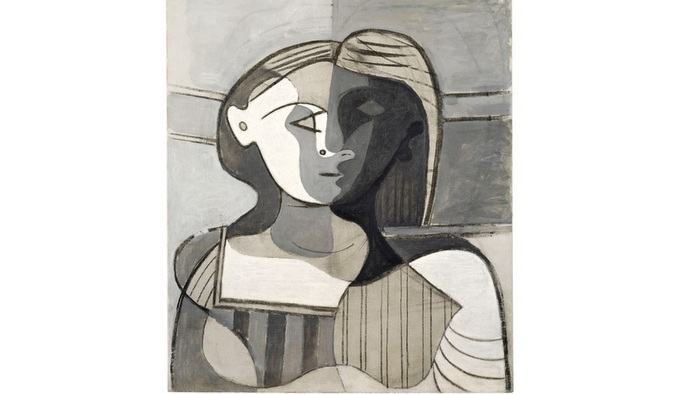Santiago de Chile: Works of art by Monica Bengoa, Rodrigo Bruna, Jorge Cabieses Valdes, Guillermo Cifuentes, Claudio Correa, Isidora Correa, Maximo Corvalan-Pincheira, Pablo Ferrer, Ignacio Gumucio, Livia Marin, Ivan Navarro, Mario Navarro, Sebastian Preece, Carolina Ruff, Cristian Silva-Avaria, Patrick Steeger, Francisco Valdes and Camilo Yanez are on display until May 15 in all the galleries of the Cultural Corporation of Las Condes, in this city.
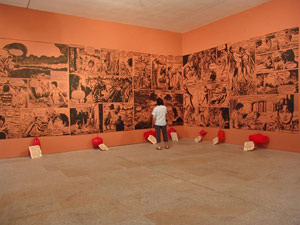 Interested in opening up its program to Chilean contemporary art and bringing the public closer to new trends, this institution found in the book Chile Arte Extremo: nueva escena en el cambio de siglo, a research with the necessary elements supporting the display that will be complemented with a live interview April 19 by journalists specializing in art, Elisa Cardenas to theoretician Sergio Rojas, artist Mario Navarro and book manager, Carolina Lara.
Interested in opening up its program to Chilean contemporary art and bringing the public closer to new trends, this institution found in the book Chile Arte Extremo: nueva escena en el cambio de siglo, a research with the necessary elements supporting the display that will be complemented with a live interview April 19 by journalists specializing in art, Elisa Cardenas to theoretician Sergio Rojas, artist Mario Navarro and book manager, Carolina Lara.
Carolina Lara B.,[1] also curator for the exhibition, said:
Chile Arte Extremo: nueva escena en el cambio de siglo(Chile Extreme Art: new scene at the turn of the century) is an unpublished research on Chilean contemporary art that –between 2004 and 2005– I carried jointly with Guillermo Machuca (theoretician and art historian) and Sergio Rojas (philosopher). Published first in 2006 on the internet and in 2010 as a book, the investigation points to a visible scene of Chile in the mid 1990s and early 2000s: interviews, photographs of works of art and analytical texts shape a new generation, marked by the post-dictatorship, neo-liberalism, and globalization processes.
The exhibit is a selection of interviewed authors, artists trained in art schools in Santiago de Chile, who have been influenced by maestros like Eduardo Vilches, Eugenio Dittborn, Gonzalo Diaz and Francisco Brugnoli, among others. These are authors who came to light in the 1990s, who have exhibited their work since back then inside and outside the country, working with great analytical and stage rigor. Most of them studied painting, engraving, photography or sculpture, but in their experimental-critical practices they go beyond the limits of technique and cover different operations, bringing both the context and own languages to the limelight.
The display embraces mural, painting, photography, video, installation, sculpture, collage and found art: most of the pieces are unpublished in Chile and were made in the period following the investigation, that is, from 2006 to 2011. A film made by Guillermo Cifuentes between 1997 and 1998 is added to the exhibition; it is named “Nocturnal lessons”, a trilogy portraying the artist’s concerns (passed in 2007) and interrogating the possibility of representing certain collective facts that passed through him back then, the context those artists lived through in the 1990s, when the dictatorship was still a ghost hovering over motivations and strategies.
In Cifuentes, the political references are in some way looked after by (art) language management. It is more radical in other artists: the topics seem sometimes to be “pretexts for aesthetic and formal investigations,” as Sergio Rojas says in the book; what to Guillermo Machuca is “an increasing process of emptying or renouncing to certain social and political formal and narrative contents.” It is not always easy to discover in the work experience certain common topics that are still unveiled today, linked to the consumer society, the urban space, the daily life, and current political facts, specially reviews about the dictatorship and in it –rather– shapes us till our days.
The showcase sheds light on a very particular moment of the history of Chilean art through newly made proposals that give continuity to well-known works included in the book and insist on certain concerns, though through new management of the language and conceptual implications. They are world-class works, a type of art that circulates in the major stages showing a new artist profile inaugurated in the aftermath of the dictatorship: with great self-management power, very well-connected through borders and closely related with contemporary expressions.
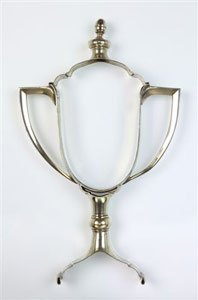 The projects embraced by Cultural Corporation, as stated by its director Francisco Javier Court, “aim at constantly checking our medium, rediscovering figures from the past and the present, and situating them in the current context. We have produced displays representing little office investigations about artists, trends of groups in particular. In this case, we thought it was fundamental to facilitate an encounter between viewers and trends from the last few years, specifically with leading artists who have won the public’s and critic’s recognition, not only in Chile, but in different world centers.”
The projects embraced by Cultural Corporation, as stated by its director Francisco Javier Court, “aim at constantly checking our medium, rediscovering figures from the past and the present, and situating them in the current context. We have produced displays representing little office investigations about artists, trends of groups in particular. In this case, we thought it was fundamental to facilitate an encounter between viewers and trends from the last few years, specifically with leading artists who have won the public’s and critic’s recognition, not only in Chile, but in different world centers.”
And he added: “Contemporary art seems often too cryptic and hard to understand, however, this display seeks to establish sensorial and emotional bonds with contemporary proposals. It is a way to educate, break the ice, and shorten distances, demonstrating that artists from today and always are encouraged by the same motivations and that the only thing that changes are the mental processes and the language adopted as means of expression.”
Salas Corporación Cultural de Las Condes
Avda. Apoquindo 6570
56 2 3669393
Related Publications
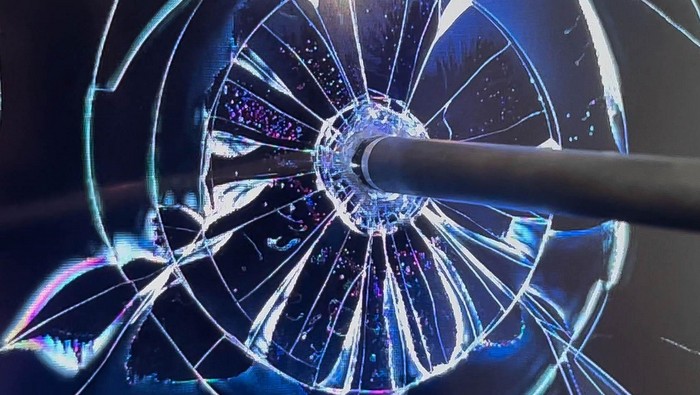
Leo Pum presents HYPER LIKE at HYPER HOUSE
December 18, 2025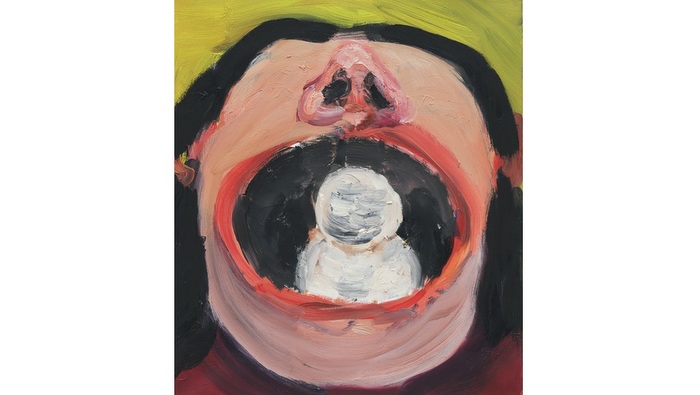
Aargauer Kunsthaus. Klodin Erb. Curtain falls dog calls
December 17, 2025

